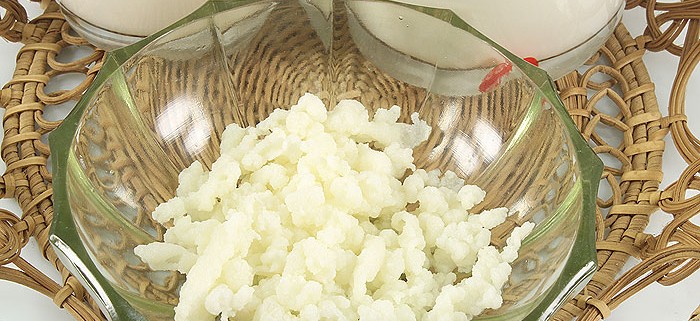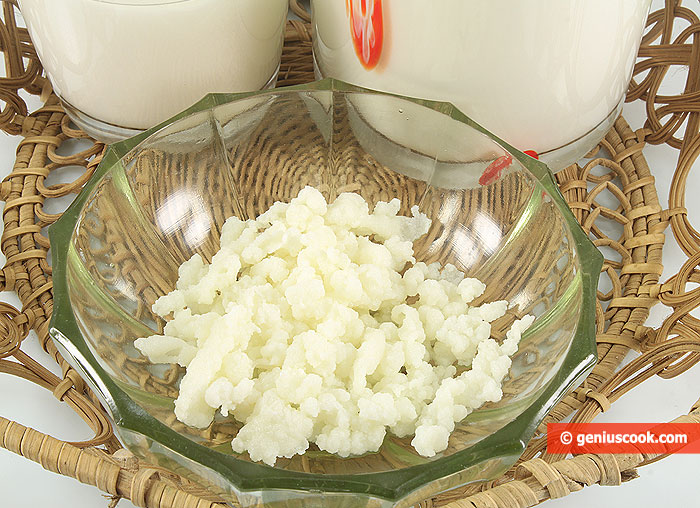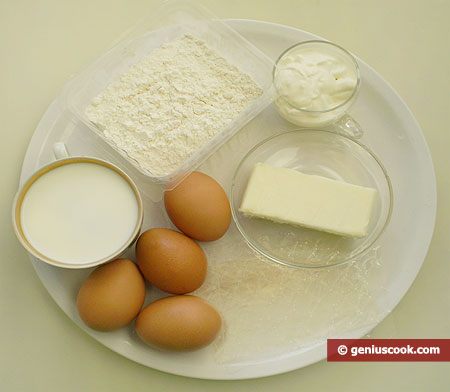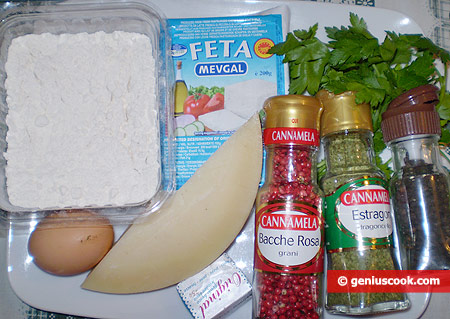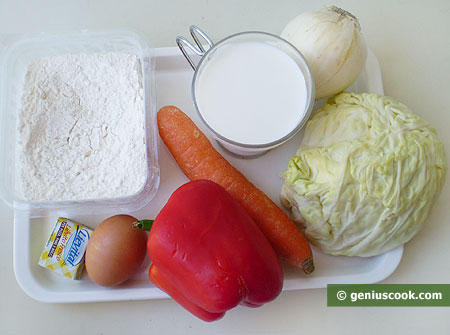What is Kefir Grains?
The history of this natural miracle is as follows: a thousand years ago, shepherds in the Caucasus Mountains (someone claims that it was in the Tibetan mountains) accidentally discovered protein compounds clustered in the leather bags where raw goat milk was kept. First, nobody had any medical knowledge about them. People just knew that they felt healthier, stronger, got ill less often, and lived longer when they drank the milk fermented by these grains.
Kefir grains are literally packed with beneficial microorganisms, micro and macronutrients, vitamins and minerals. They contain proteins, vitamin K, B group vitamins, vitamin A, potassium, magnesium, phosphorus, folic acid, and many other substances. Kefir contains several strains of bacteria that are not found in yoghurt: Lactobacillus, Leuconostoc, Acetobacter, Streptococcus and Pseudomonas. Furthermore, kefir contains various yeast strains.
Yet it is worth noting that the beneficial bacteria contained in kefir can actually colonize the gastrointestinal tract, while those in yogurt just provide food for the beneficial bacteria already present in the intestines.
Kefir is cultured at room temperature with the help of kefir grains, which require a new batch of milk every 24 hours.
Kefir has a yeast flavor due to the useful yeast contained in it. It is sourer, compared with yogurt.
Kefir grains are very stable and economical. With proper usage, they can be recycled an infinite number of times.
Everyone can drink kefir – children, men and women, even pregnant. It is safe and nutritious. As kefir grains live on with lactose, splitting it, kefir is ideal for people with lactose intolerance.
Kefir can be drunk every day. The recommended dose is 250 ml per day.
How to look after kefir grains, and make fresh kefir at home
- Place the kefir grains into a clean jar, filled with three-quarters of milk. Stir gently with a wooden spoon. Then cover the jar with breathable cloth to keep kefir safe from fruit flies. Fix the cloth with an elastic band and leave at room temperature for 24 hours. The taste and texture of kefir will depend on the duration of the fermentation. The longer it is fermented, the thicker and sourer the kefir will be.
- When your kefir tastes the way you like, stir and strain it using a non-metallic colander.
- Rinse the grains with running not very cold water and use them for another batch, pouring fresh milk over them.
Kefir has antibacterial and antifungal properties. A cup of kefir provides about 20% of the daily rate of calcium, which is essential for maintaining healthy bones and teeth. Tryptophan, an essential amino acid in kefir, has a soothing and relaxing effect.
Kefir contains 40-60 calories, depending on the fat content. Kefir provides the body with protein, and makes you feel satiated. It is an ideal choice for those who want to lose weight.
Kefir is a great probiotic, it regulates the immune system, improves intestinal microflora, blood circulation, regulates cholesterol, blood sugar levels, blood pressure, and slows down aging.
The attempts to get kefir grains artificially failed. They have been spread all over the world from the original source since ancient times. They grow and multiply quickly. Therefore, those who have them are eager to share with others, for little money or for nothing.

